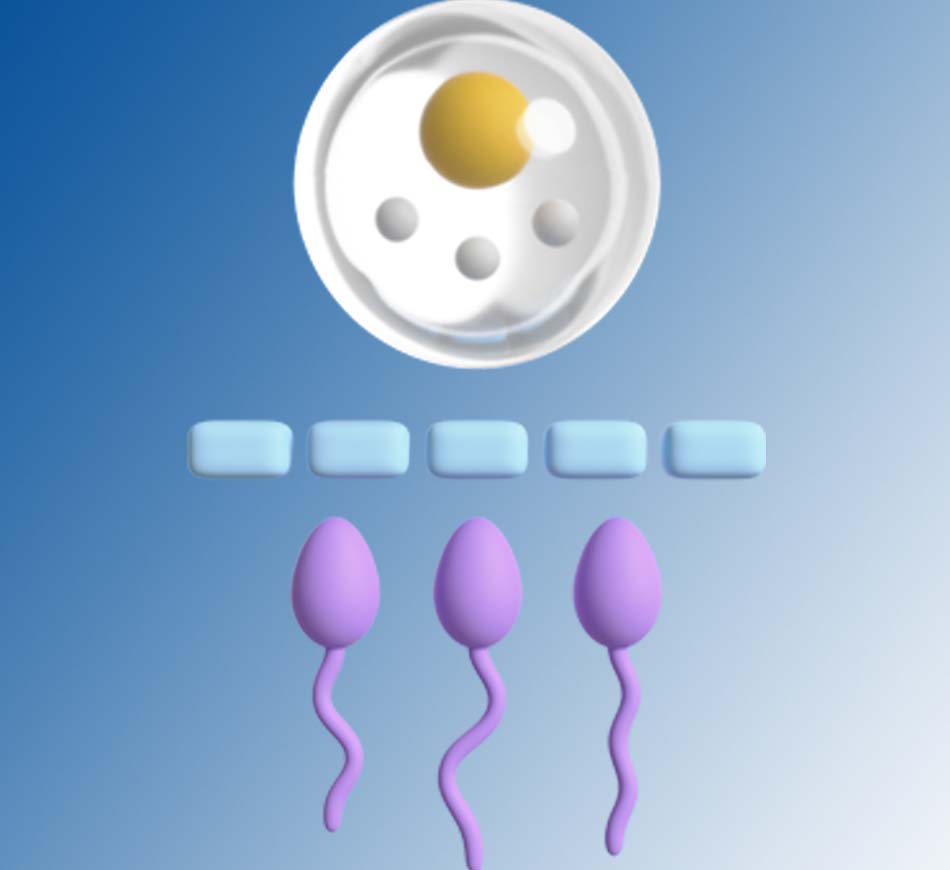
In Vitro Fertilization
Assisted reproductive techniques should be used in cases where children cannot be conceived despite regular, unprotected sexual intercourse at least 2-3 times a week for 1 year under the age of 35 and 6 months over the age of 35.
These assisted reproductive techniques include fertility treatments that use both female eggs and male sperm.
What tests should be done before assisted reproduction procedures?
In order to determine the possible causes and start treatments before assisted reproductive techniques;
Women; Hormone tests and ultrasound should be done on the 3rd day of the menstrual period, and a uterine film (HSG) should be performed within the first 10 days of the menstrual period.
Men; He/she should have a sperm analysis after 3 days of sexual abstinence.
Despite all these tests, sometimes no cause can be found in approximately 15-20% of patients.
After these examinations, regarding the cause;
Egg enhancing treatments (with pills or injections), egg monitoring, vaccination or in vitro fertilization methods can be applied.
In case of disorders in sperm number or structure, appropriate drug or surgical treatments are applied.
In Vitro Fertilization Applications

In vitro fertilization treatments are performed on days 3-5 of the menstrual cycle. It starts with egg enhancing injection-pill treatments on 12-24 days and lasts an average of 12-15 days. At the end of this period, after obtaining eggs in the appropriate number and size, egg collection is performed vaginally under anesthesia with the help of a small needle under ultrasound guidance. This process takes approximately 15-25 minutes and the patient can continue his daily life after 2 hours.
On the day of egg collection, a sperm sample is taken from the man and combined with the eggs in the embryology laboratory. Suitable eggs combined with suitable sperm then enable the formation of embryos. Embryos are placed in the uterus on the 3rd or 5th day under appropriate laboratory conditions. In some cases, the uterus may not be ready for embryo acceptance. In such a case, embryos can be frozen and stored for many years under appropriate laboratory conditions. Frozen embryos can be transferred after appropriate uterine preparation. Depending on the embryo age, the pregnancy result can be learned by performing a blood pregnancy test (B-hCG) 9-12 days after the transfer.
What are the chances of success of in vitro fertilization treatment?
The chances of success of in vitro fertilization treatment depend on many factors. These are maternal age, egg number, egg quality, sperm count, sperm quality, embryo quality, pathologies of the inner lining of the uterus, chocolate cysts, uterine structure, tube disorders, accompanying diseases and undiagnosed immune system and genetic diseases.
In in vitro fertilization treatment, maternal age significantly increases the success rate, especially under the age of 35. As the expectant mother gets older, the number and quality of eggs decreases and they respond less to hormone-stimulating drugs.
Does In Vitro Fertilization treatment accelerate menopause?
During the egg stimulation treatment in in vitro fertilization, the eggs, which would have been lost in the natural process of that menstrual cycle, participate in a selection race on equal terms with external hormone support. All eggs reach almost the same size, and more than one egg is developed in the egg selection race instead of a single egg selection. As a result, assisted reproductive treatments do not accelerate menopause; the chances of pregnancy are increased by saving the eggs that are expected to be lost anyway.

